

Baco is a coastal municipality in the province of Oriental Mindoro, Philippines. Known as the "Gateway to Oriental Mindoro," Baco boasts a rich history dating back to pre-colonial times, with its strategic location making it an important settlement throughout different historical periods.
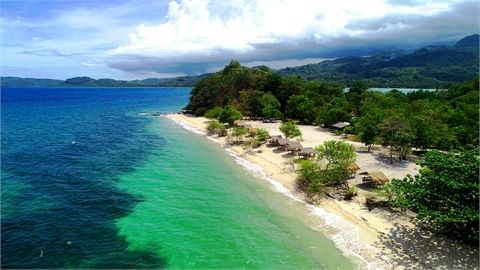
The town was officially established in 1626 and was named after the bako-bako tree that once flourished in the area. Baco served as an important port during the Spanish colonial period, connecting Mindoro to other parts of the archipelago. Today, it maintains its agricultural heritage while developing modern infrastructure.
Baco's geography is characterized by its coastal plains and mountainous interior, providing diverse ecosystems. The indigenous Alangan Mangyan tribes have inhabited the mountainous areas for centuries, while the lowlands became home to settlers from other parts of the Philippines. The town played a significant role in the province's development, serving as the capital of Mindoro during the American colonial period from 1903 to 1920.
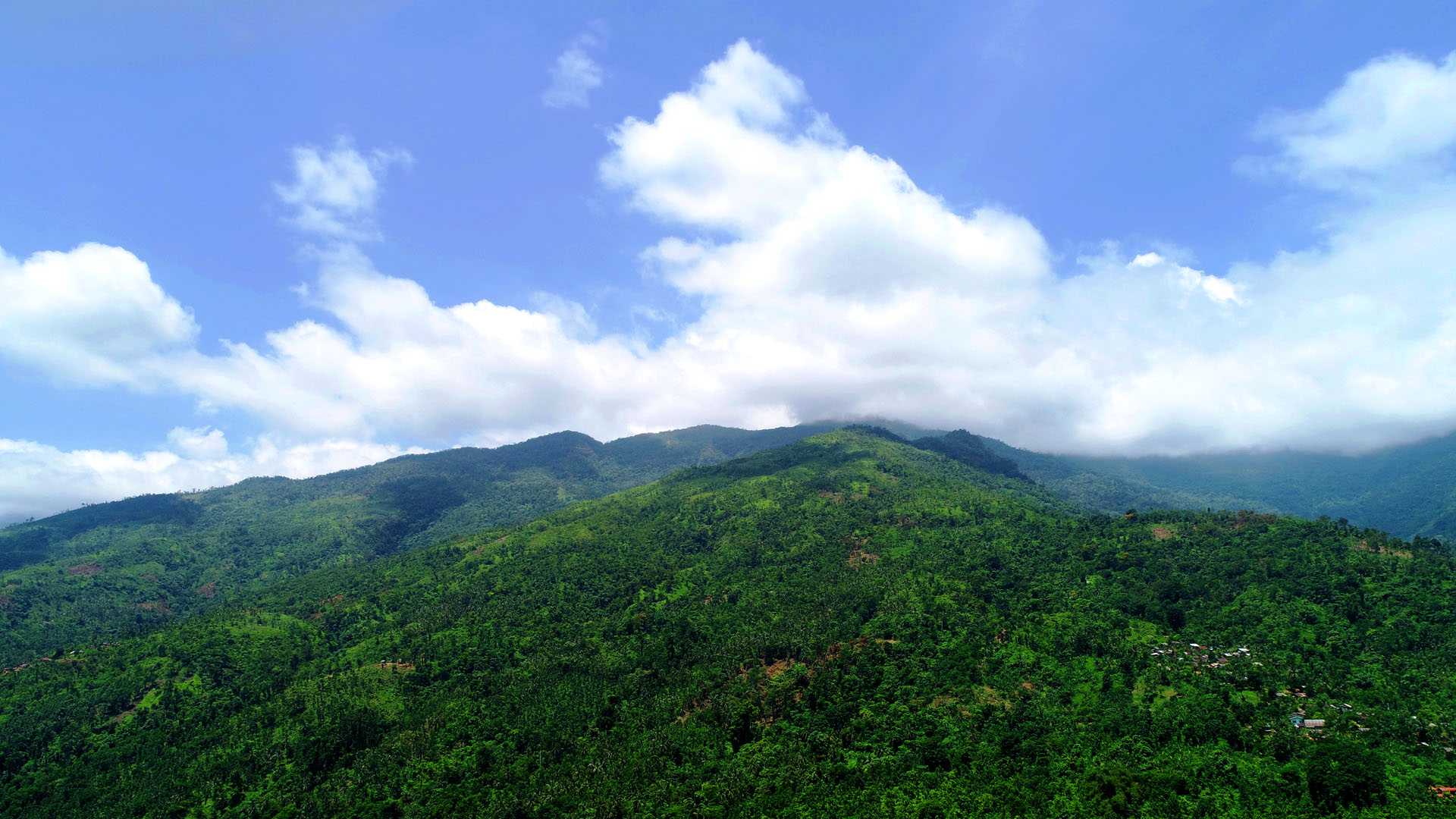
The area now known as Baco was originally inhabited by indigenous Mangyan tribes. The name "Baco" is believed to have originated from a native term, possibly linked to local flora, fauna, or geographical features.
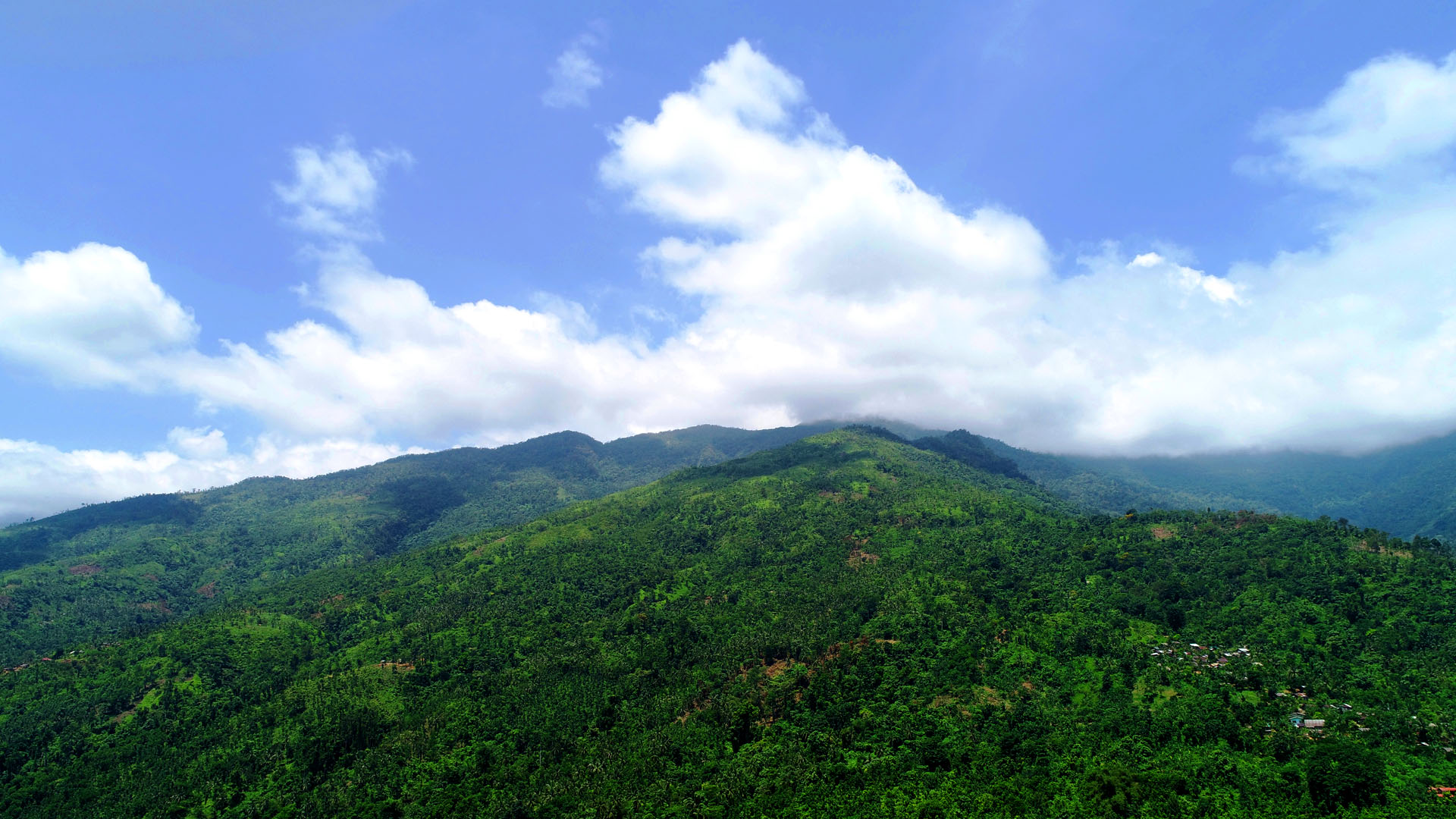
1571–1600s: Spanish missionaries began exploring Mindoro. Christianity was introduced, and Baco became part of the Spanish mission territories. The town served as an early settlement due to its proximity to Calapan. Baco was one of the earliest poblaciones (town centers) in Mindoro. Churches and small fortifications were built to ward off pirate raids.
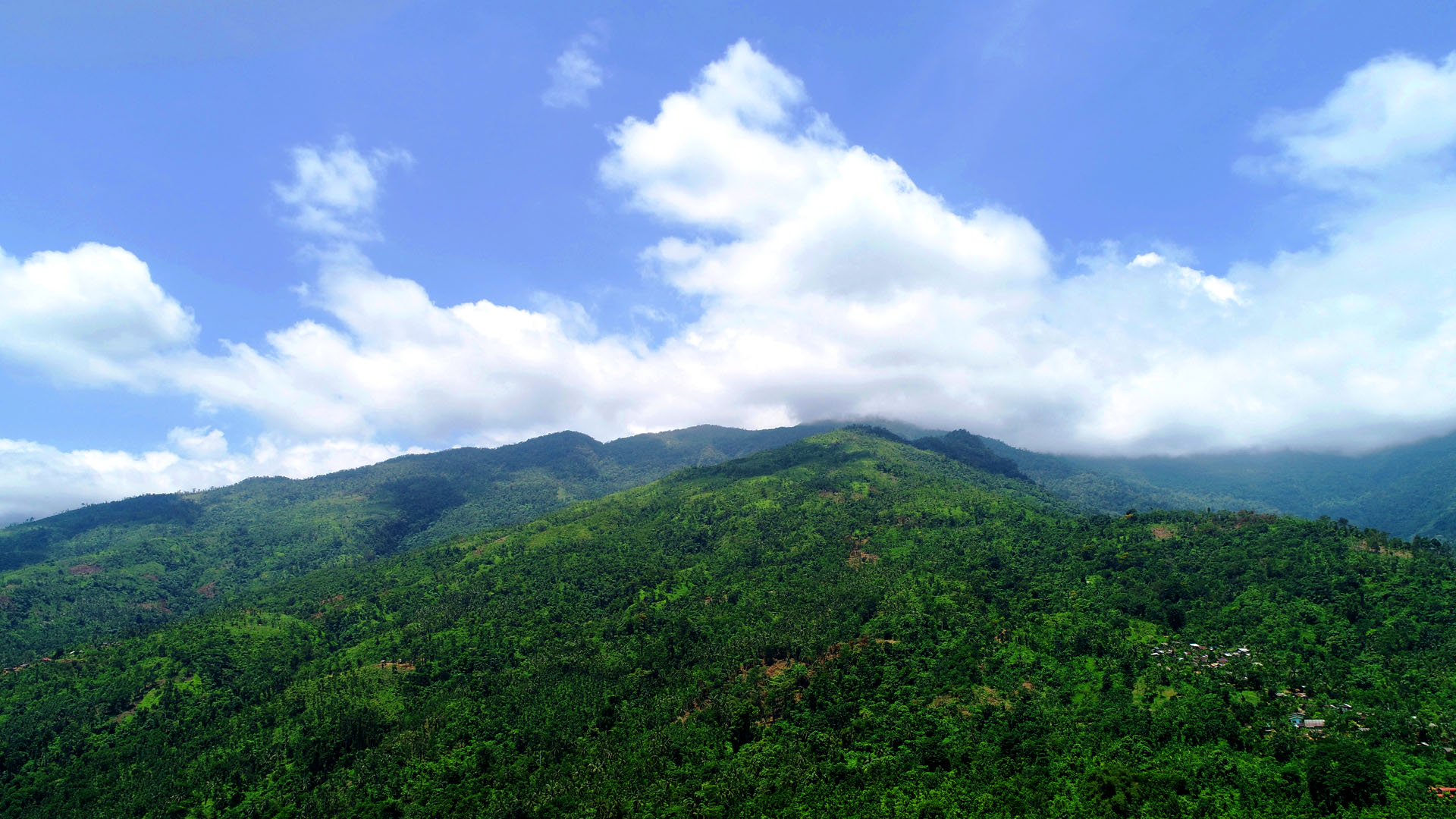
American administration introduced formal education and infrastructure. Baco remained largely agricultural, with improvements in public health and schooling.
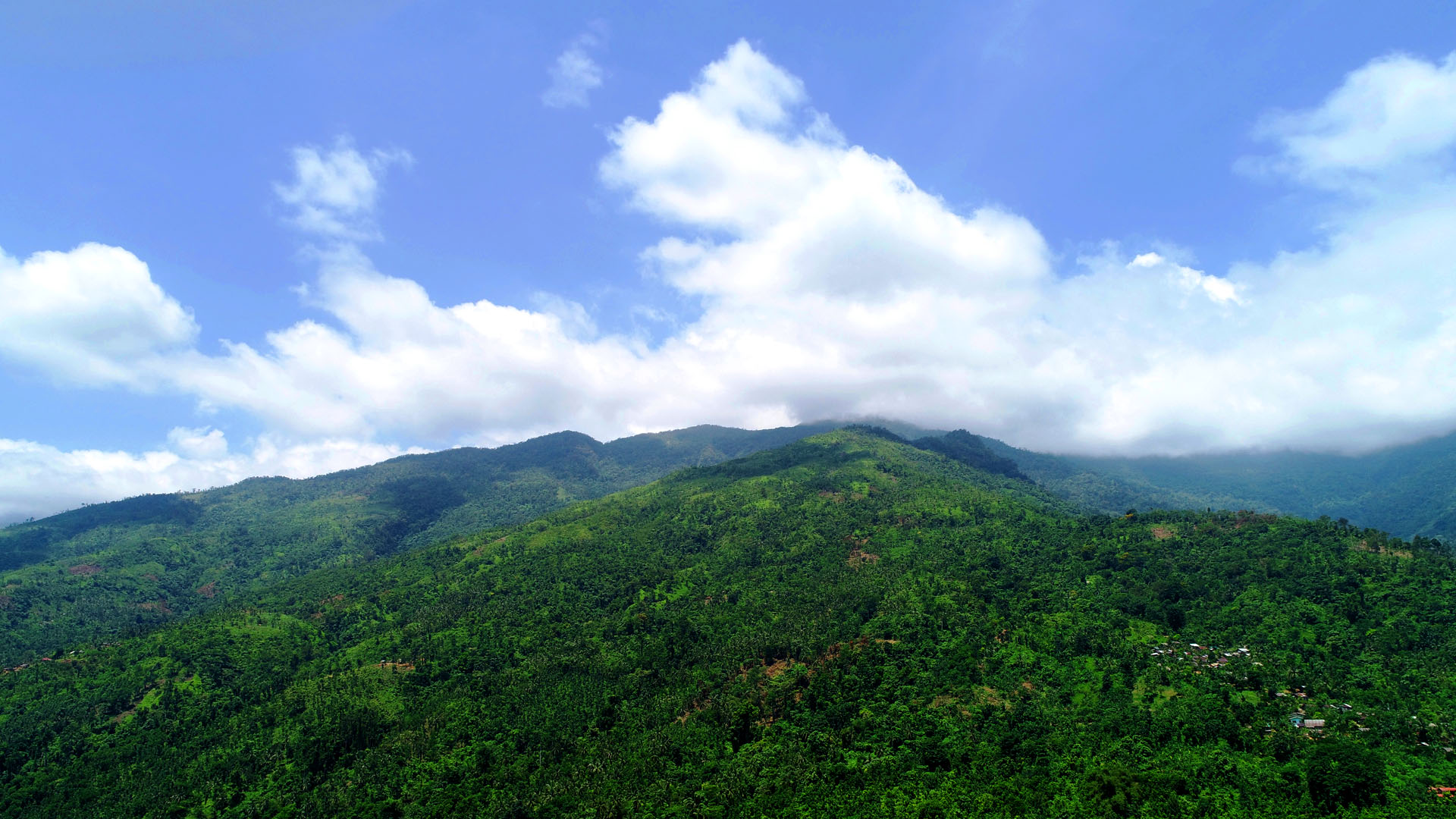
Baco, like the rest of Mindoro, experienced hardship during World War II. The town supported guerrilla resistance movements.
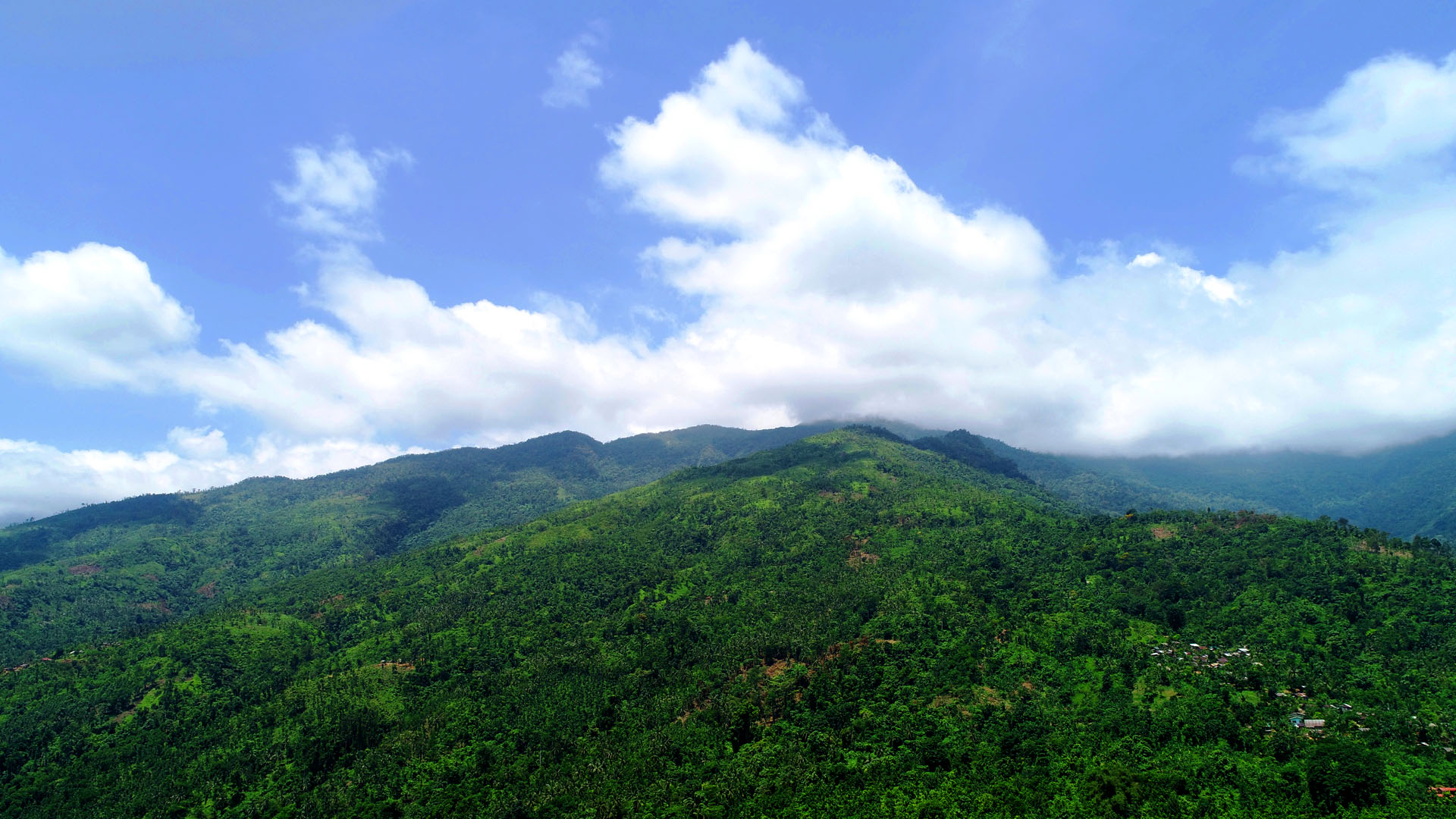
1950s–1970s: Baco focused on rebuilding and improving its economy through farming, particularly coconut, rice, and root crops. 1980s–1990s: Electrification, roads, and rural health services expanded. 2000s–Present: Baco became known for its eco-tourism potential, including views of Mt. Halcon and nearby rivers and forests. Efforts to support indigenous communities and protect cultural heritage also increased.
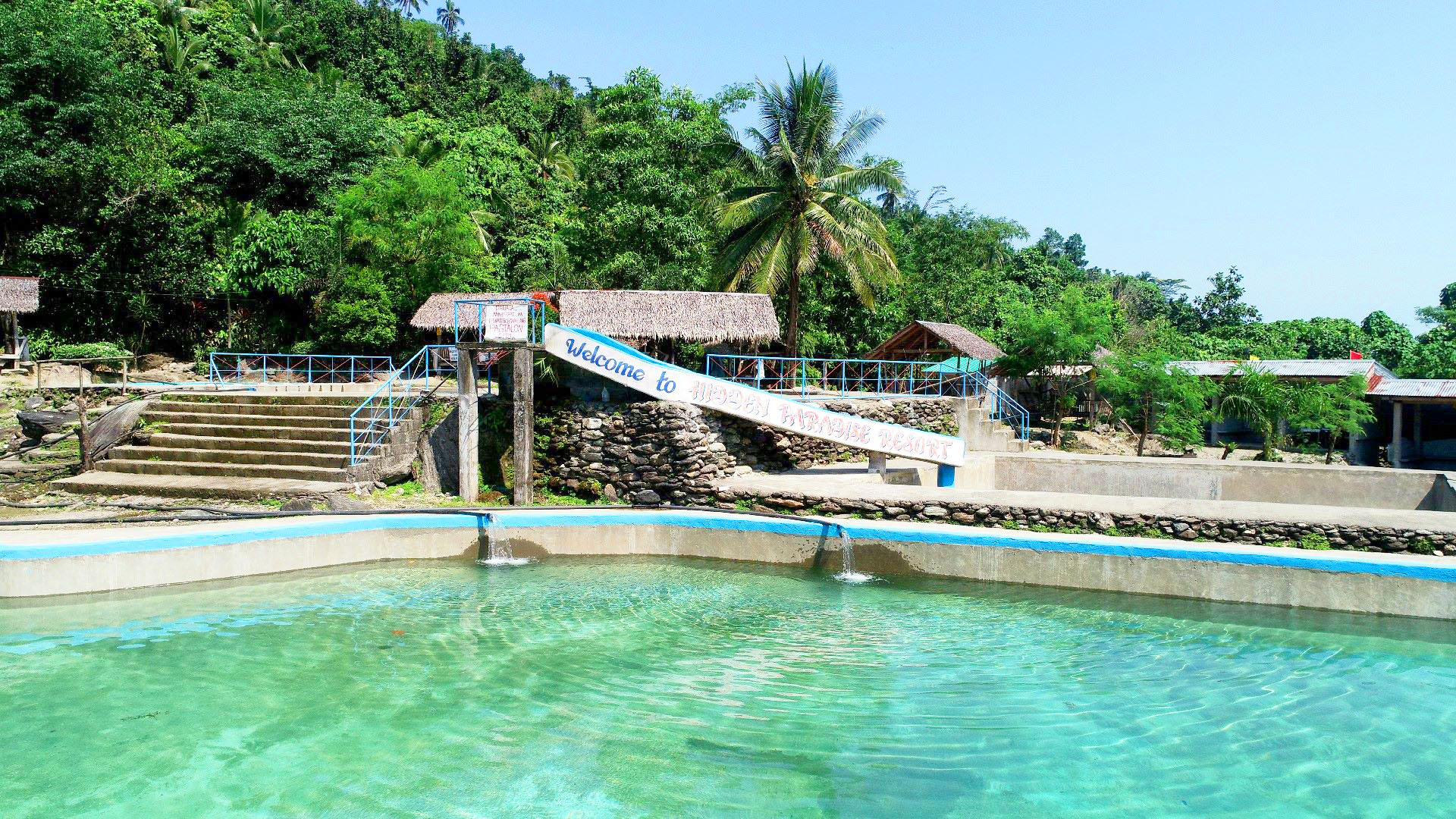
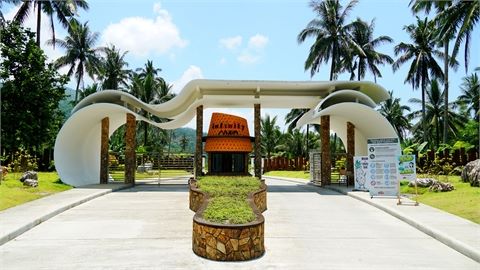

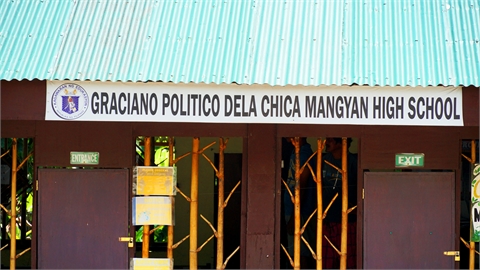
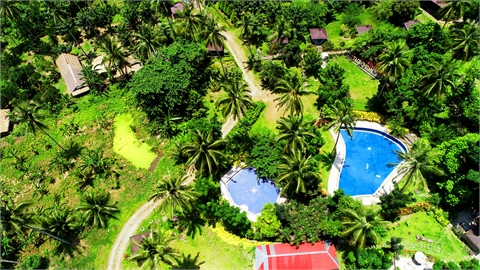
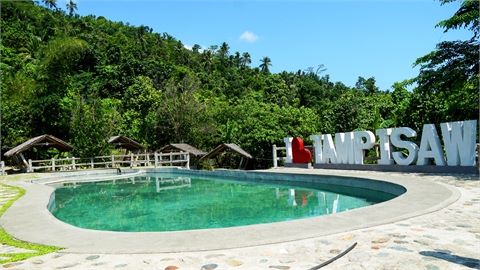
Baco's culture is a vibrant mix of indigenous Mangyan traditions and Hispanic influences. The town celebrates its annual fiesta every May in honor of St. Joseph, featuring colorful processions, cultural dances, and community feasts. Traditional crafts like Mangyan weaving and basketry are preserved alongside Spanish-era architectural influences visible in old houses and the parish church. The town's agricultural heritage is evident in its rice terraces and coconut plantations, while its coastal areas maintain traditional fishing practices.